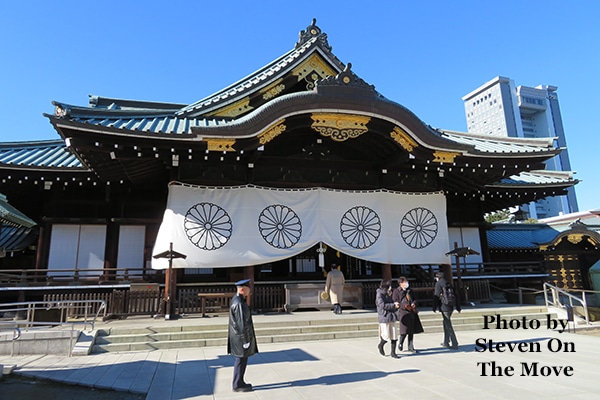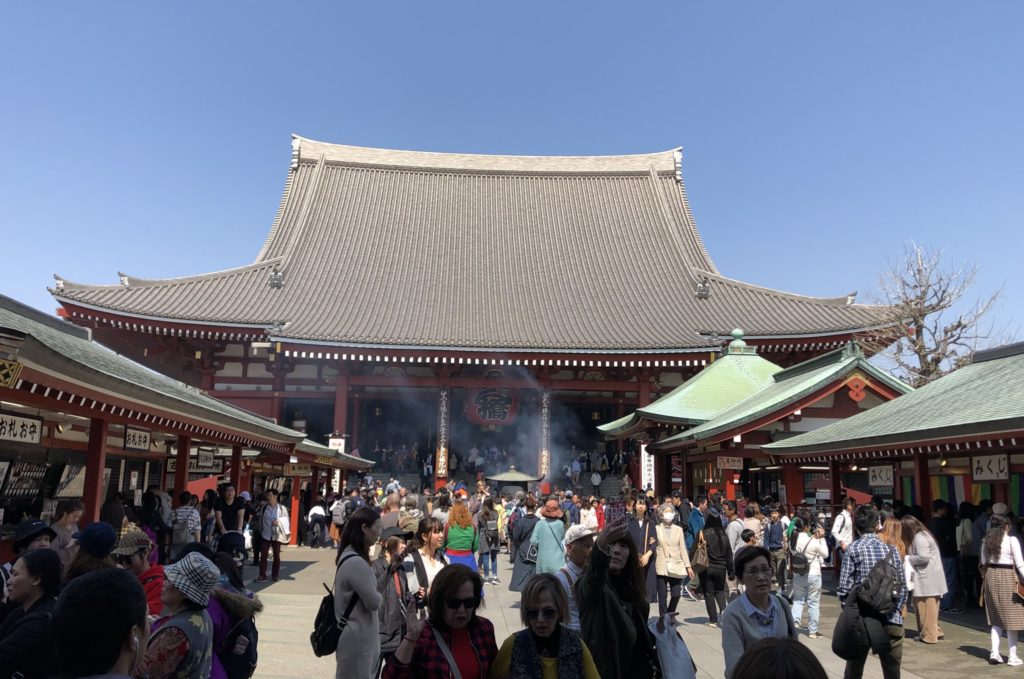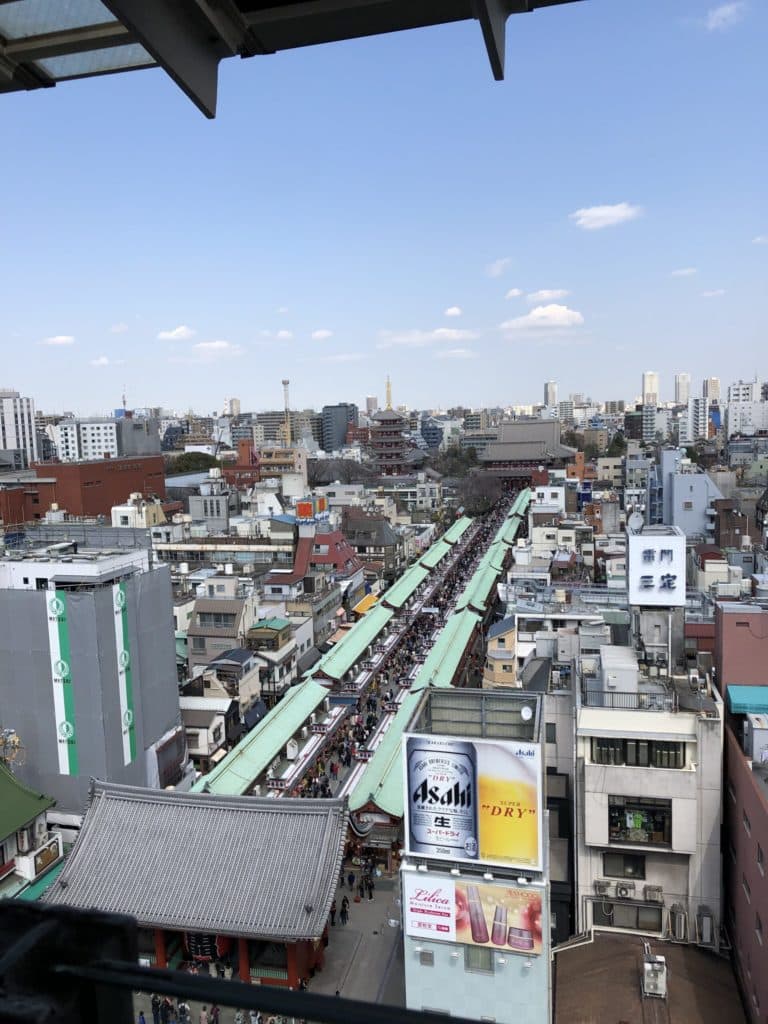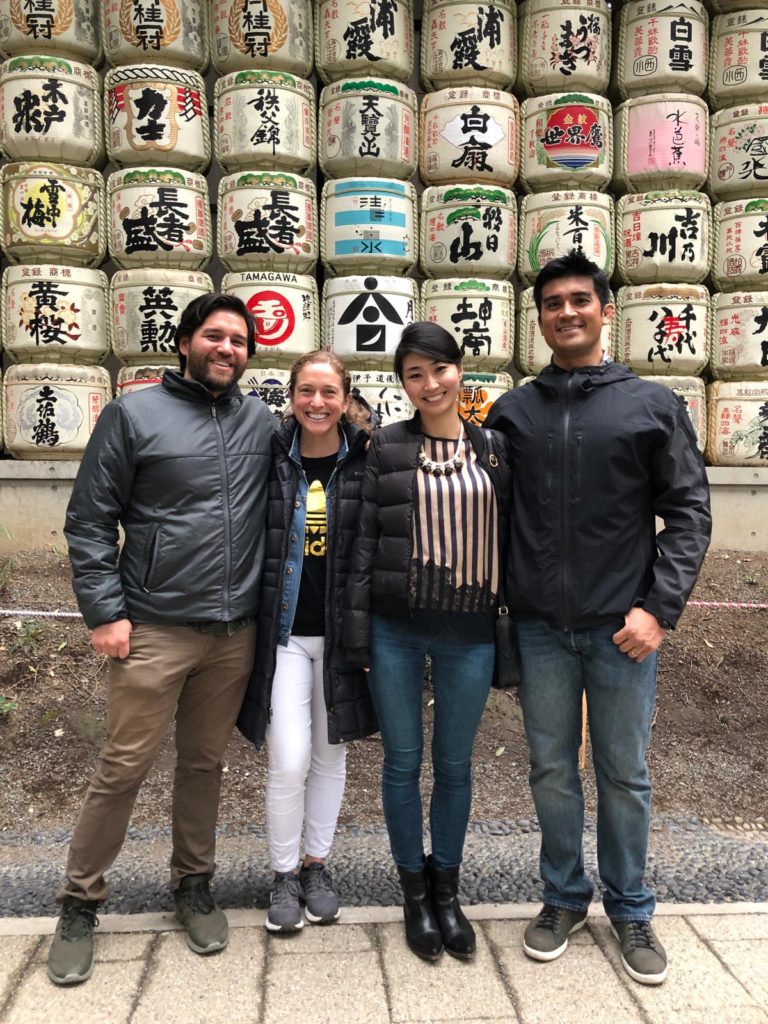
Although numbers are unclear, estimates say that Japan has approximately 75,000 Buddhist temples and 80,000 Shinto shrines. Many of the most popular shrines and temples are found in Kyoto, but Tokyo has plenty that are also historically significant and equally beautiful. Visitors seeking history and beauty can choose from several shrines and temples in Tokyo to suit their needs.
Most popular shrines and temples
Meiji Shrine (Meiji Jingū)
Dedicated in 1920, Meiji Shrine is dedicated to Emperor Meiji and his wife Empress Shōken, who were instrumental in the modernization of Japan. A manmade forest surrounds the shrine with 120,000 trees from over 200 species covering 170 acres, creating a peaceful, natural oasis in the heart of the city. In addition to the main sanctuary, visitors can explore the garden that Emperor Meiji and Empress Shōken regularly visited during their lives.
Shrine website: https://www.meijijingu.or.jp/en/
Closest Station(s): Harajuku (Yamanote Line); Yoyogi-Hachiman Station (Odakyu Odawara Line)
Yasukuni Shrine (Yasukuni Jinja)
Although not one of the best-known shrines in Tokyo, Yasukuni Shrine is probably the most controversial one. Emperor Meiji established the shrine in 1869 to honor soldiers who died during the Boshin War. Although never officially established as a national war memorial, it has unofficially become Japan’s most famous memorial to people who died fighting for the emperor with over 2.4 million kami (deities) enshrined here. Controversy regarding the shrine focuses on the enshrinement of 1,068 people convicted of war crimes related to World War II. Fourteen are Class-A war criminals (people convicted of planning, preparing, initiating, or waging the war).
Shrine website: https://www.yasukuni.or.jp/english/
Closest Station(s): Kudanshita (Shinjuku Line); Iidabashi (Chūō-Sōbu Line)
Sensō-ji
Sensō-ji is Tokyo’s oldest and probably most photographed Buddhist temple. The first temple dedicated to Kannon Bosatsu (the Bodhisattva of compassion) opened in 645. The main hall houses the statue of Kannon that the Hinokuma brothers fished out of the Sumida River in 628. In addition to the main hall, the approach to the temple is well known as visitors pass through the Kaminarimon (Thunder Gate) before walking down Nakamise-dōri, which is a street lined with shops selling souvenirs and food.
Temple website: https://www.senso-ji.jp/english/
Closest Station(s): Asakusa (Ginza Line or Asakusa Line)
Asakusa Shrine (Asakusa-jinja)
Demonstrating the long history between Buddhism and Shinto in Japan, Asakusa Shrine is immediately east of Sensō-ji, on the same grounds. The shrine is dedicated to the three men who established the neighboring Buddhist temple. The history of the shrine is unclear, but it is one of only two buildings in the area to survive the 1945 Tokyo air raids.
Shrine website: https://www.asakusajinja.jp/en/asakusajinja/
Closest Station(s): Asakusa (Ginza Line or Asakusa Line)
Zōzō-ji
Established in 1393, Zōzō-ji relocated to its current location in 1598. It served as the family temple of the ruling shogun family, the Tokugawas, during the Edo period (1603-1868). Due to its close connection with the Tokugawa clan, it is home to tombs of six shoguns. The temple’s influence declined since the 1870s, but is noted for its proximity to Tokyo Tower. Additionally, its main gate (Sangadetsumon) is the oldest wooden building in Tokyo, having survived World War II.
Temple website: https://www.zojoji.or.jp/en/
Closest Station(s): Daimon (Ōedo Line); Onarimon (Mita Line)
Other shrines and temples worth visiting
Hie Shrine (Hie Jinja)
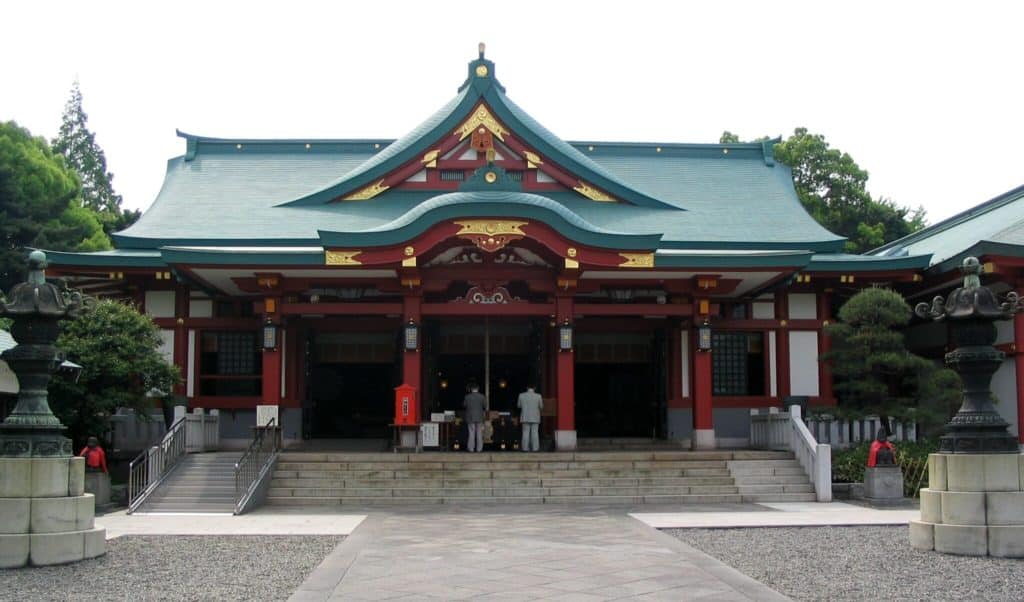
Records about the founding of Hie Shrine are unclear, however, it gained prominence when it moved to a location outside of Edo Castle in 1607. Its Sannō Matsuri, which takes place on June 15, is one of three great festivals of Edo. Its back (west) entrance with 90 vibrant red torii (gates) is reminiscent of Fushimi Inari Taisha in Kyoto. More info is available on the
Shrine website: https://www.hiejinja.net/english/
Closest Station(s): Akasaka-Mitsuke (Marunouchi Line)
Sengaku-ji
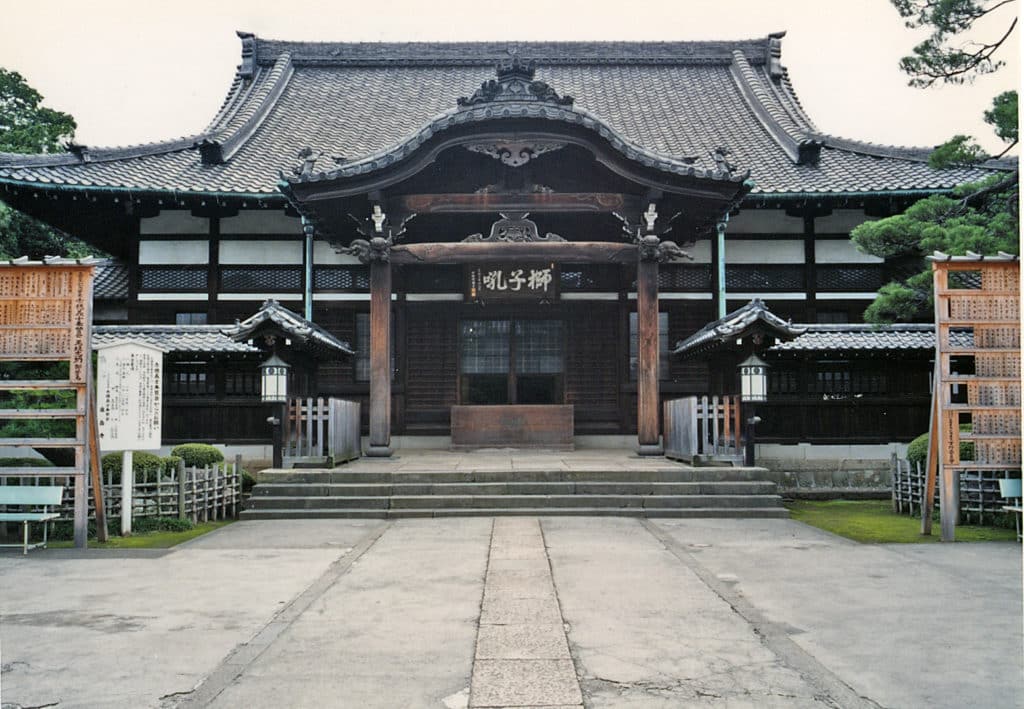
Some places become popular destinations because of their spot in literature or film. Sengaku-ji fits this criterion as the Buddhist temple connected to the 47 rōnin (leaderless samurai) who avenged the unjust death of their lord. Known as the Akō Incident, it has memorialized in numerous plays, at least six films in Japan, the 2013 American film 47 Ronin, and numerous pieces of art.
Temple website: http://www.sengakuji.or.jp/about_sengakuji_en/
Closest Station(s): Sengakuji (Asakusa Line)
Kanda Shrine (Kanda-myōjin)
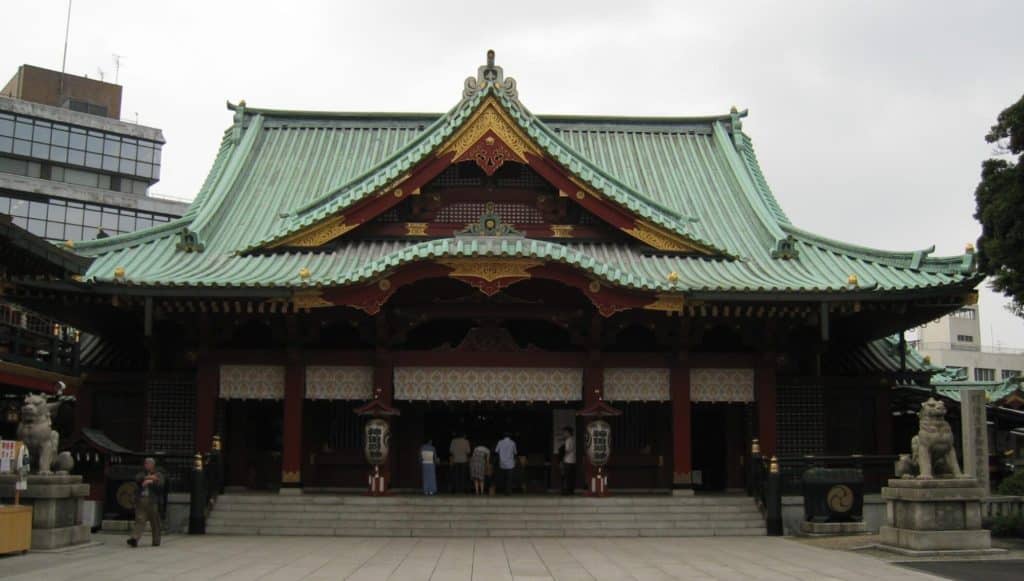
Two of the three deities enshrined at Kanda Shrine belong to the Seven Gods of Fortune, which makes it a popular spot for businesspeople to pray for wealth and prosperity. The shrine’s proximity to Akihabara, an electronics shopping mecca, has given rise to the sale of talismans to protect people’s electronic devices.
Shrine website: https://www.kandamyoujin.or.jp/ (Japanese-only)
Closest Station(s): Ochanomizu (Chūō Line)
For more “Beyond Baseball” check out the rest of our website.

